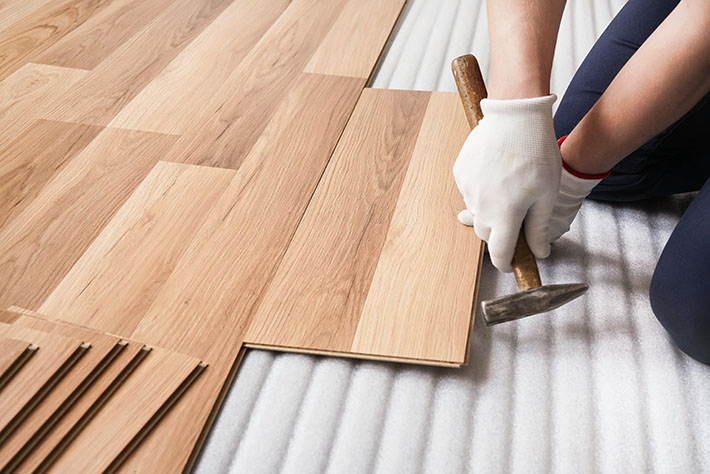
Test for Phthalates in Resilient Flooring
A new ASTM International standard aims to help those involved in manufacturing and selling resilient flooring to test for ortho-phthalate content.
According to ASTM International member Amy Costello, sustainability manager at Armstrong Flooring Inc., the new standard specifically aims to improve reproducibility and repeatability for phthalate content testing in resilient floors. She says the new standard could help flooring manufacturers and retailers, home improvement stores, and testing laboratories complete testing with greater consistency.
“Current test methods for ortho-phthalates were originally designed for products such as children’s toys, which typically consist of plastic-related materials,” says Costello. “Unlike a toy, many resilient flooring products are heterogeneous with various layers and fillers such as limestone.”
Such fillers, Costello notes, may cause phthalate esters to chemically breakdown, resulting in reports of lower-than-actual amounts of ortho-phthalates. The sample preparation section in the new standard addresses these issues by requiring a larger sample size of the entire cross-section to be milled and tested. The new standard also establishes time limits as to how long a sample can be run after extraction and before re-extraction is required, she adds.
ASTM International’s resilient floor coverings committee (F06) developed the new standard, which will soon be published as F3414.
Costello notes that this effort relates to the United Nations Sustainable Development Goals #3 on good health and wellbeing and #12 on responsible production and consumption.
To purchase standards, contact ASTM International customer relations (tel +1.877.909.ASTM; sales@astm.org).
U.N. Sustainable Development Goals Supported:


 SN Home
SN Home Archive
Archive Advertisers
Advertisers Masthead
Masthead RateCard
RateCard Subscribe
Subscribe Email Editor
Email Editor